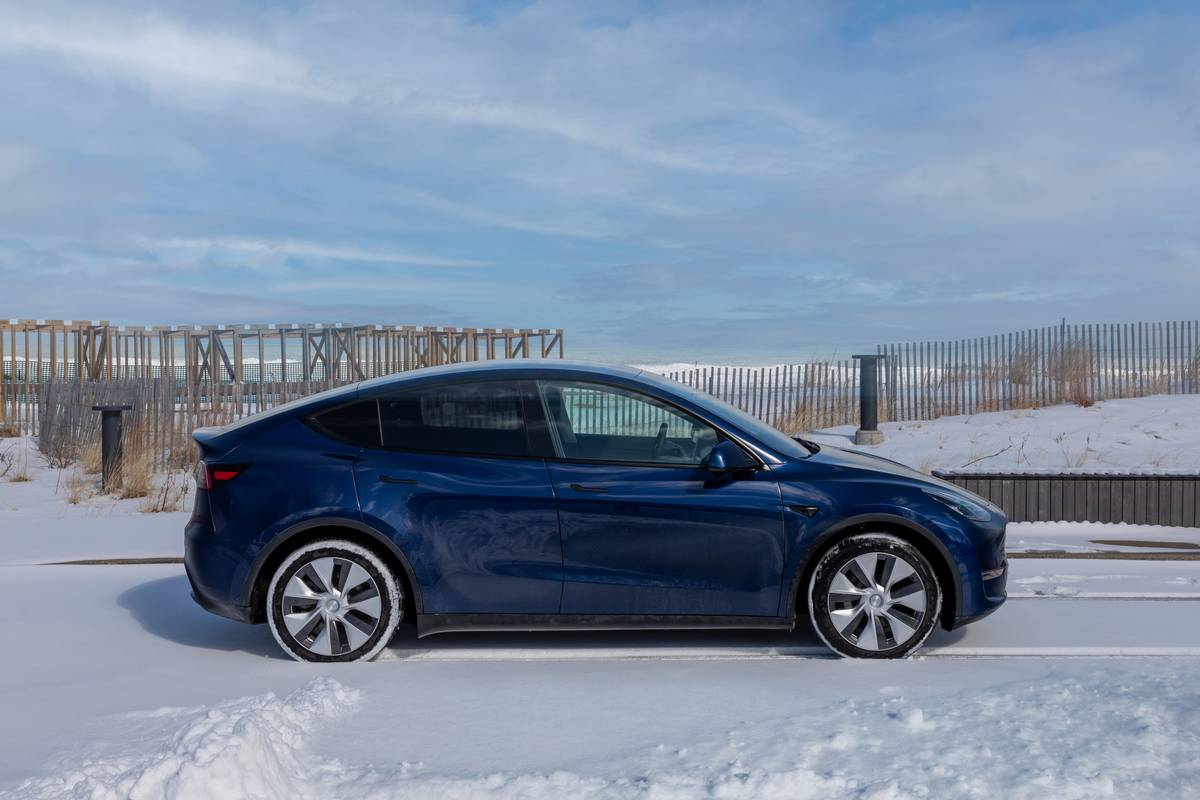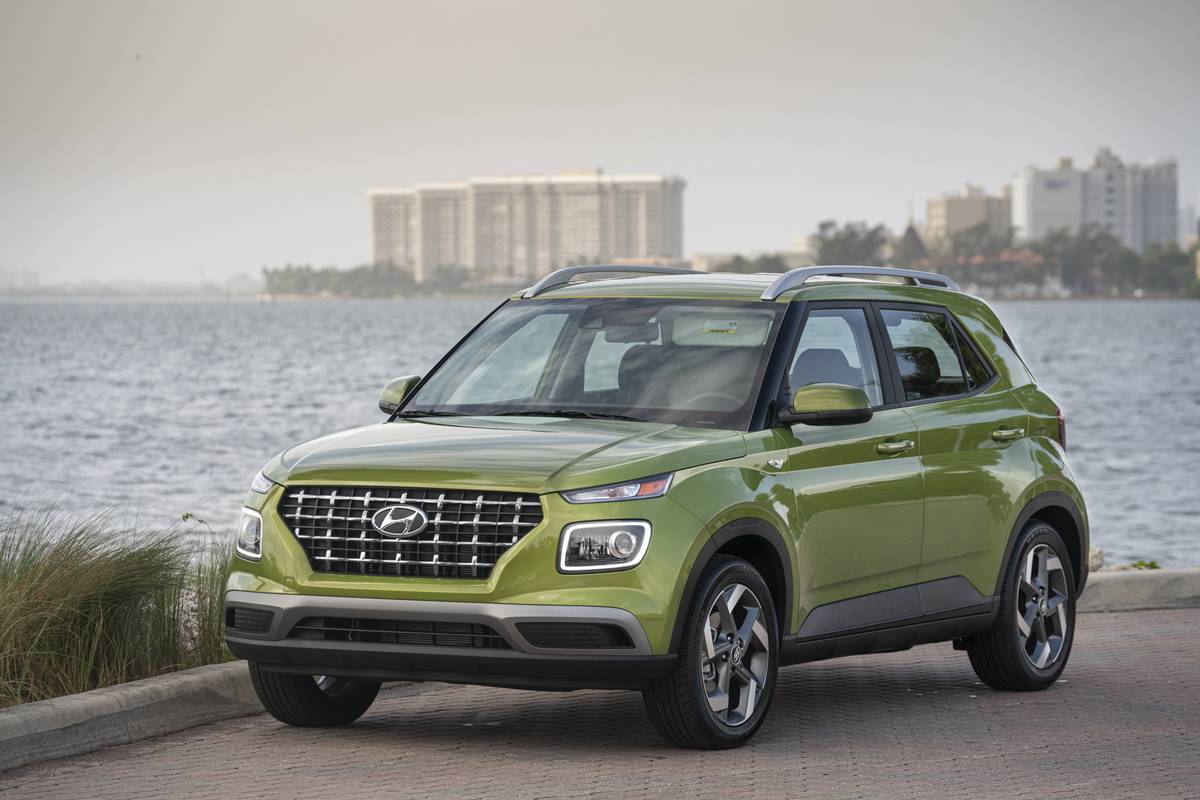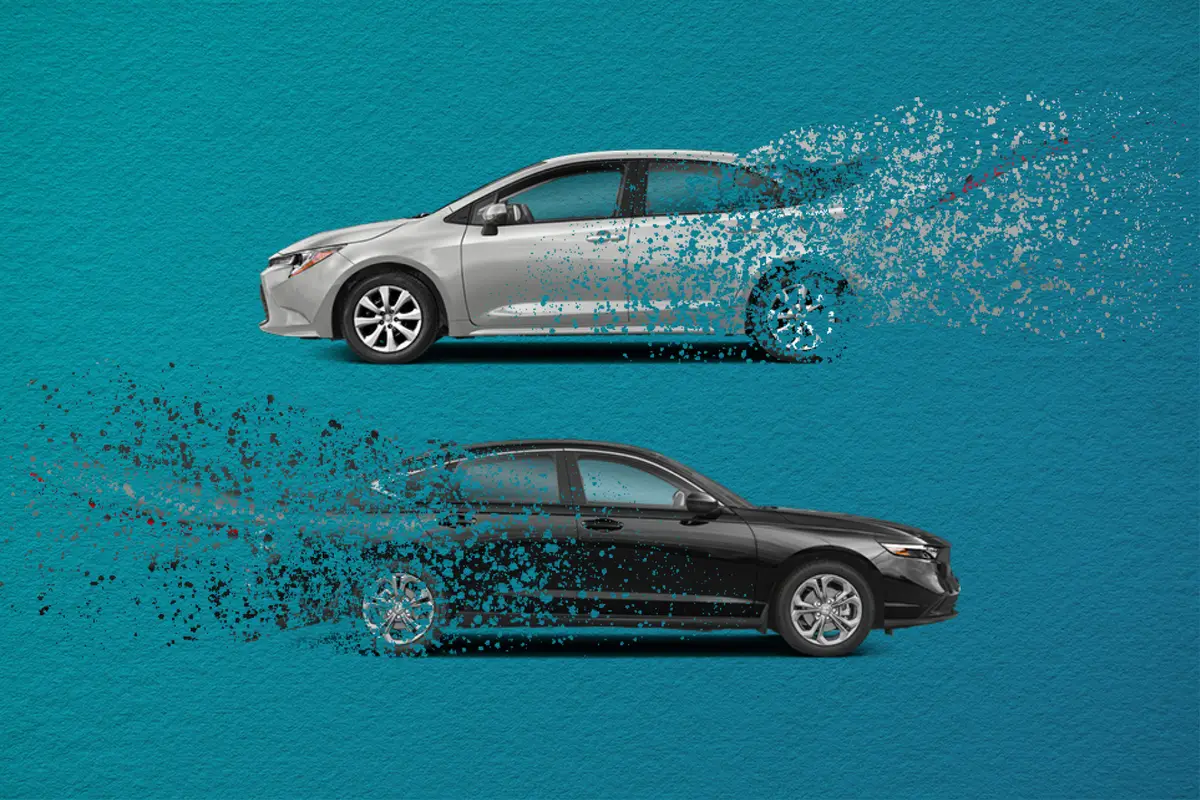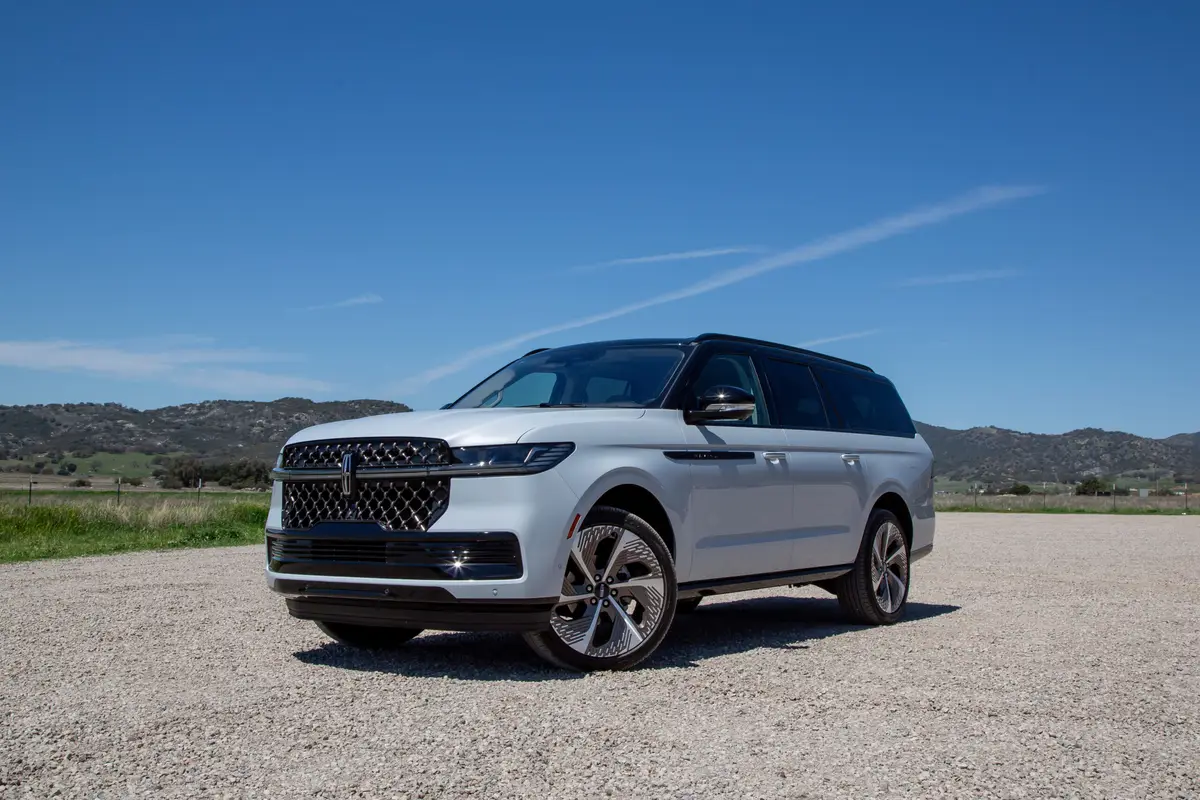How Well Do Electric Cars Work in Cold Weather?


Electric vehicles differ from their gas-sipping counterparts in several ways, some of them obvious (no gas station required!) and some of them less so, like how cold weather affects them. With EVs, when the temps drop, driving range drops — sometimes by a lot. It’s important to understand your EV’s range limitations and the need to charge more often in cold weather so you’re not stranded by a dead battery. There are some precautions you can take during chillier seasons to help boost range and lower range anxiety.
Related: What to Know Before Purchasing an Electric Vehicle: A Buying Guide
Estimates vary, but according to a study from AAA, EVs can lose about 40% of their range when the temperature drops from 75 degrees to 20 degrees Fahrenheit. The range dip is attributed to a couple of things, such as natural battery capacity loss in colder temperatures as well as the increased energy needed for heating the cabin. Using other climate features, such as the heated seats and heated steering wheel, also requires energy and cuts into a car’s range.
For example, an EV with a rated range of 250 miles would have only 150 miles of range when it’s 20 degrees outside. And that’s for a new EV — used models will see less range since all rechargeable batteries naturally lose capacity with use and time. According to Geotab, a Las Vegas-based company that tracks battery health in many EVs, average battery degradation is around 2.3% per year.
Know Your Limits, Plan Ahead
Like many of us, batteries — including the lithium-ion batteries used in most EVs — get cranky in the cold. Lower temps impact a battery’s ability to store and release energy, so although the batteries work in the cold, charging is typically slower and less efficient as the car uses some energy to keep the battery warm.
If you expect the car to charge slower and to have less range than on a more temperate day, you can plan for it at home and on the road.
To mitigate the effects of the cold on the battery, start the vehicle while it’s still plugged in to allow the battery to warm up. This helps get the battery to a temperature where it can work more efficiently using the grid’s power instead of the car’s. Some vehicles have systems to help warm the battery, too.
“All 2023 Kia EVs include battery preconditioning, which will help charging speeds in cold weather. This will prewarm the battery about 10-15 minutes before the charge event. When the owner enters the charging station into the [navigation], the car will know whether to prewarm the pack based on ambient temp and remaining [state of charge] and distance to charger,” said James Bell, Kia director of corporate communications.
Before you go on a longer trip, know where your next charge is coming from. Many public charging companies have charging-station maps, and the Department of Energy continually updates a map of all the nation’s charging stations.
While on the road, plan ahead and make sure the battery’s charge level doesn’t drop too low. AAA estimates that an electric car reserves about 15% to 20% of its charge capacity to heat the battery itself, so make sure you’re comfortably above that level before hitting the road.
Cold weather affects some other EV systems too, such as the brakes. Most EVs have a regenerative braking system that recaptures braking energy and sends it to the battery to charge it a bit. Colder temps also impact this system, sometimes rendering it inoperable. For example, while driving the BMW i4 in lower temps, I was unable to use the most efficient brake setting, B mode, which allows for one-pedal driving and slows the car to a complete stop without touching the brake pedal.
Some cars will let you know when it’s too cold to operate efficiently. In Teslas, a blue snowflake icon will pop up on the touchscreen if it’s too cold to access all of the battery’s stored energy.
Precondition the Cabin
Since EVs lack heat-producing engines, battery power is needed to warm the cabin. We’re not saying don’t use heat in the winter, just be smarter about it.
First, if you can, park the vehicle in a garage to help stabilize cabin temperature. Next, maximize your range by preheating the cabin while the car is still plugged in using grid power. This reduces the demand on the vehicle’s battery to regulate cabin temperatures once you start the car.
“EV owners should utilize the preconditioning functions to preheat the cabin while grid-connected. One can schedule when they want preconditioning in the cabin. Or one can use the KiaConnect app to turn on/off before driving,” Bell said of the automaker’s electric and plug-in hybrid electric cars: the EV6, Niro line and Sorento PHEV.
Many other EVs also offer apps that enable scheduled cabin preconditioning. This means the car will be heated to your liking before your trip, helping to preserve the full capacity of your battery for range and cabin-heat maintenance while underway. We’ve used this feature on our long-term Tesla Model Y to help mitigate the effects of long Midwest winters.
More From Cars.com:
- Your Guide to EV Batteries: Premature Death, Range Loss and Preservation
- Why Do My Tires Lose Pressure in Cold Weather?
- How to Survive Winter With Rear-Wheel Drive
- Cars.com Top EV Picks
- Find Your Next Car
Know Your Vehicle’s Features
Some vehicles have features that help moderate the effects of cold weather, so cozy up with the owner’s manual and get to know your vehicle’s cold-busting goodies.
For example, some EVs, such as the Kia EV6, are equipped with a heat pump that helps to warm the cabin and battery, requiring less energy than using regular cabin heat. Tesla began adding heat pumps to its vehicles in 2020, starting with the Model Y. The pump doesn’t generate its own heat but moves hot air into areas where it is needed.
Many vehicles also have more efficient drive modes that encourage energy conservation. For example, the Eco Pro mode on BMW’s i4 and iX EVs extends driving range by limiting the car’s energy consumption. The system alters acceleration and climate control output and displays tips to assist with an efficient driving style (less hard accelerating and hard braking, for example). The mode also tells the car to heat or cool down the cabin more slowly. Similarly, some Teslas offer a Chill mode that limits acceleration — and others such as Insane and Ludicrous modes that increase acceleration but reduce range and efficiency.
So, while there’s no way to stop the cold from coming in many parts of the country, there are ways to make its effects less harsh on EVs. And it’s not forever — just until the temps get to 70 degrees again, which is the approximate optimal temp for EV batteries (and most people).
Related Video:
Cars.com’s Editorial department is your source for automotive news and reviews. In line with Cars.com’s long-standing ethics policy, editors and reviewers don’t accept gifts or free trips from automakers. The Editorial department is independent of Cars.com’s advertising, sales and sponsored content departments.

News Editor Jennifer Geiger joined the automotive industry in 2003, much to the delight of her Corvette-obsessed dad. Jennifer is an expert reviewer, certified car-seat technician and mom of three. She wears a lot of hats — many of them while driving a minivan.
Featured stories



2025 Lincoln Navigator Review: Elephantine Elegance

